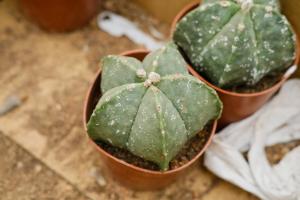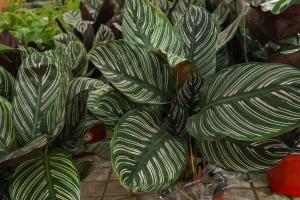Understanding the Purpose of Foundation Plants
Foundation plants are an essential element of landscaping. These plants are used to create a visual connection between the ground and the building, and they help to soften the transition between the two. A foundation plant is usually a shrub or a small tree that is placed near the base of a building, and it often serves as a backdrop for other landscaping elements such as flower beds and walkways. When choosing foundation plants, it is important to consider the style of the building, the climate, and the overall design of the landscape.
The Benefits of Using Foundation Plants
Foundation plants provide a number of benefits that make them an essential part of landscaping. First, they can help to insulate a building by creating a barrier between the walls and the harsh elements. Additionally, foundation plants can help to regulate temperature and humidity levels inside the building, which can lead to lower cooling and heating costs. Foundation plants also add visual interest to the landscape by providing color, texture, and shape to the design. Finally, they can help to increase the value of a property by enhancing its curb appeal and overall appearance.
Choosing the Right Foundation Plants
When selecting foundation plants, it is important to consider a variety of factors such as the style of the building, the climate, and the overall design of the landscape. For example, if the building has a traditional or formal style, it may be best to choose foundation plants that are symmetrical and well-groomed, such as boxwood or yew. On the other hand, if the building has a more contemporary or modern design, more natural-looking foundation plants such as grasses or vines may be more appropriate.
The climate is also an important consideration when selecting foundation plants. For example, if the area experiences hot and dry summers, drought-tolerant plants such as lavender or Russian sage may be a good choice. Similarly, if the area experiences cold and snowy winters, evergreen plants such as spruce or holly may be a better option.
Maintaining Foundation Plants
Proper maintenance is essential for keeping foundation plants healthy and looking their best. Regular pruning is necessary to keep plants from becoming overgrown, and to promote healthy growth. Mulching around the base of the plant can help to retain moisture and prevent weeds from growing. Additionally, it is important to monitor the soil pH and fertility levels, and to adjust them as needed to ensure that the plants are getting the nutrients they need for optimal growth.
In Summary
Foundation plants are an important element of landscaping. They provide a barrier between the building and the elements, regulate temperature and humidity levels, and enhance the overall appearance of the property. When selecting foundation plants, it is important to consider the style of the building, the climate, and the overall design of the landscape. With proper maintenance, foundation plants can thrive and provide years of enjoyment and visual interest.

 how many times do yo...
how many times do yo... how many planted tre...
how many planted tre... how many pine trees ...
how many pine trees ... how many pecan trees...
how many pecan trees... how many plants comp...
how many plants comp... how many plants can ...
how many plants can ... how many plants and ...
how many plants and ... how many pepper plan...
how many pepper plan...




























